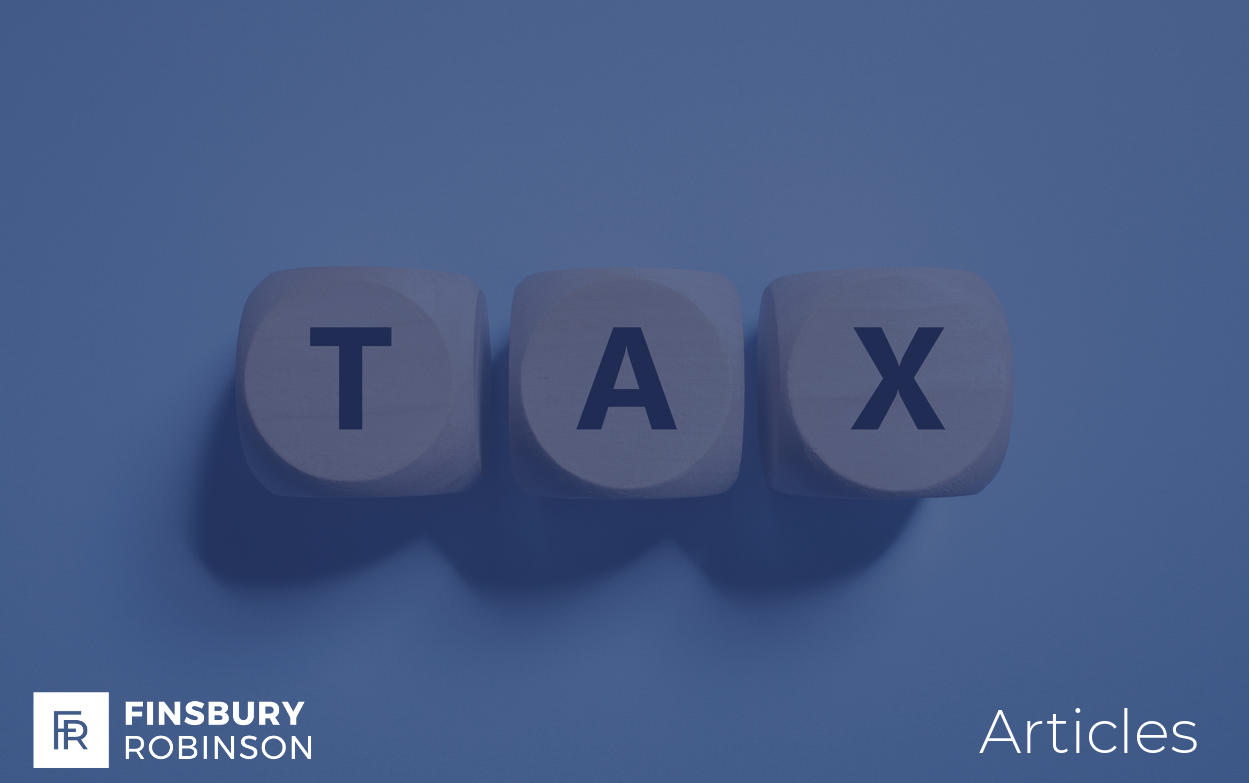Corporation tax: what is it and who pays it?
Date Published:
15/11/2025
Corporation tax is one of the heavy lifters of government tax revenues. Over 2022-23 it added £79.7 billion to the exchequer’s coffers, the fourth biggest contributor.
It is charged at the main rate of 25% for companies with profits of more than £250,000 and 19% for small companies, with incremental increases between the two rates.
Registering for corporation tax
Companies must register for corporation tax at Companies House within three months of registering the company formation. After registration Companies House informs HMRC of the new company, which then sends it its 10-digit taxpayer reference.
Once trading has begun the company must register for corporation tax with HMRC within three months.
Corporation tax and HMRC
Companies need to fill out a CT600 form to pay corporation tax. Where a company has taxable profits of up to £1.5 million the bill needs to be settled no later than nine months and one day after the end of the company’s accounting period, which is set by the company and may or may not be the same as the financial year. Companies with profits greater than this are expected to pay in instalments.
Even if you have no corporation tax due you must still file your return to HMRC. Unless HMRC knows there is nothing due it will start sending payment reminders.
Company directors not their accountants or HMRC are responsible for making sure corporation tax is paid on time. However, having an accountant will ensure the CT600 is filled out correctly, filed on time and all applicable allowances and reliefs have been claimed for.
Furthermore, if the return or tax payment are even one day late, a fine of £100 is payable. Then HMRC goes quiet for a bit but will slap another £100 fine on companies that still haven’t paid after three months, with further penalties accruing to very late payers.
Rates of corporation tax
As noted above there are two rates of corporation tax: 25% and 19%. The higher rate is relatively new and dates from 2021 when Rishi Sunak was chancellor though its introduction did not take place for another two years.
There are no signs at present of changes to them, despite the chronic deficit in the government’s current account spending. Given businesses are still coping with the increase in employer’s national insurance contributions and significant increases to the national living wage in April this seems wise.
Corporation tax does not come with an allowance unlike income tax so is paid on all profits net of allowances and allowable costs.
Corporation tax and landlords
Most small residential landlords own their properties in their own name, thus paying income tax on the rents that they receive. However, for higher rate taxpayers it makes sense to set up a company that owns the property to benefit from the 19% corporation tax rate rather than pay the 40% tax rate.
Unfortunately for landlords eyeing the lower rate of corporation tax and thinking of transferring their properties into a new company this is unlikely to be tax efficient. As the company is a separate legal entity from the landlord, HMRC regards this transfer as no different from a sale to a different individual and stamp duty is payable. If the landlord owns his or her own home, then the 5% additional property SDLT surcharge applies.
Dividend tax
Dividends are taxed at 8.75% for basic rate taxpayers, 33.75% at the higher rate and 39.35% at the additional rate and there is a tax-free allowance of £500 a year. Basic rate taxpayers who want to reduce their corporation tax bill can increase dividend payments to themselves, thus reducing taxable profits.
Reliefs and allowances
Companies can cut their tax bill by means of various reliefs and allowances. The main ones relate to the costs of running the business, eg, salaries, rent, raw materials and other overheads, which are not taxable.
Capital allowances can be claimed on:
- equipment
- machinery
- business vehicles
Trading losses can also be set off against tax. This can be carried back to earlier accounting periods or set off against future tax bills.
Marginal relief applies to companies that make profits of between £50,000 a year and £250,000. Between these sums companies pay increasing percentage rates of tax as their profits rise.
Other reliefs are available for:
- research and development
- profits from patents
- companies in creative sectors
- goodwill
- disincorporation of the company, where assets are transferred out of the company
- terminal, capital and property income losses
Who else pays corporation tax?
Limited companies are not alone in having to pay corporation tax. Public corporations (government-controlled enterprises that operate in a marketplace, for example, the BBC or Network Rail) have to, as do:
- unincorporated associations, such as members clubs and societies
- trade associations
- housing associations
- groups of individuals carrying out a business (such as cooperatives)
History of corporation tax
Corporation tax dates from 1965 when it was introduced at 40%, replacing a system of taxes on corporate profits and dividends. Rates moved up and down under successive governments before settling at the 19% and 25% rates in 2023.
What are the rates in other countries?
At present the small companies rate is competitive against European countries, which levy taxes on companies at an average of 21%. The US’s federal corporate tax rate is 21%. In fact the UK’s rate of corporation tax is the lowest in the G7 group of countries.
However, if you think you are paying more corporation tax than you should be or would like advice about claiming reliefs and allowances – or on any other tax or business matter – please contact Finsbury Robinson.
We are a full-service tax, accountancy and business advisory firm, and our friendly and highly experienced team is available on 020 8858 4303 or via email at info@finsburyrobinson.co.uk
This is some text inside of a div block.



















